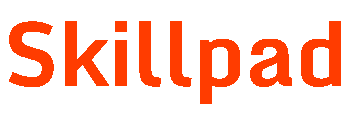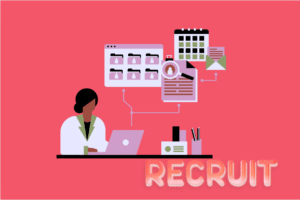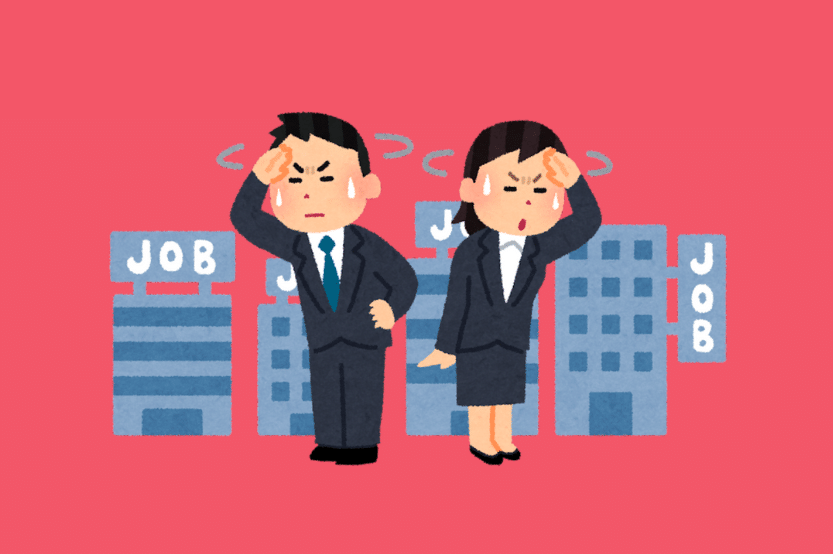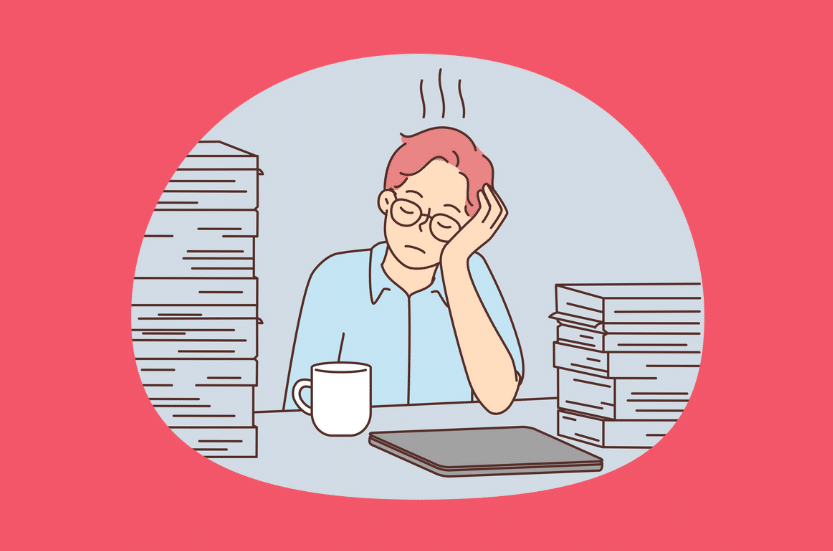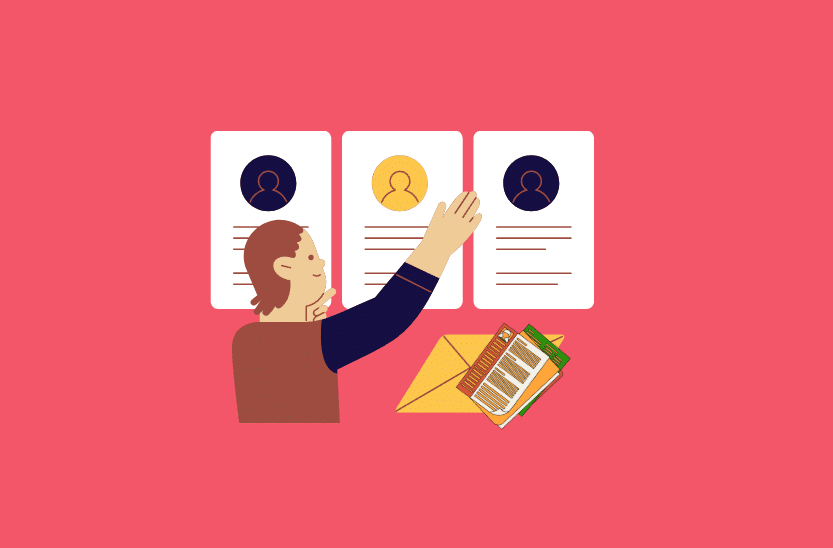“Your resume certainly plays a big part if you’re starting your job search. Think of your resume as a potential marketing tool to sell yourself”.
Remember your effort is worth it in investing and crafting a perfect CV. A good resume gets good results – it will increase your chance to interview in noticeable ways.
Here are the two parts to write your resume
Part 1: What to Include in Your Resume
Your resume is your first impression to potential employers, so make it count. A well-crafted resume is more than a list of experiences; it’s a tool to showcase your skills and value concisely.
Essential Components of Your Resume
- Choose a Resume Format
Select a format that highlights your experience and skills. The reverse chronological order resume format is commonly preferred by recruiters.
- Add Your Name and Contact Information
Ensure your name, phone number, email, and LinkedIn or portfolio links are easy to spot.
- Create a Standout Resume Headline
A headline acts as a quick professional summary of your expertise. For example: “Marketing Specialist with 7+ Years of Digital Strategy Experience.”
- Write a Compelling Summary Statement
This professional summary should be a concise overview of your background, strengths, and job aspirations.
- Detail Your Work Experience
Include your work history with job titles, companies, dates, and achievements. Emphasize results over responsibilities to align with ATS-friendly resume keywords.

- List Relevant Skills and Keywords
Incorporate industry-specific skills that resonate with the job description. This improves applicant tracking system (ATS) compatibility.
- Include Education, Certifications, and Relevant Information
Highlight your academic achievements and certifications relevant to the role. - Link to an Online Portfolio (Optional)
For creative or technical roles, include links to an online portfolio or work samples.
Part 2: How to Create the Perfect Resume Layout
The resume layout is essential for clarity and impact. Follow these guidelines for a professional appearance:
Here are some additional tips for a great Resume Layout –
- Keep It Concise: Ideal length is 1-2 pages for students and 2-3 pages for experienced professionals.
- Cover the Basics: Name, contact details, summary, qualifications, and work history are essential.
- Choose an Easy-to-Read Design: Use professional fonts like Times New Roman or Arial. Avoid distracting colours or graphics.
- Tell Your Career Story: Craft a career narrative highlighting progression, achievements, and value.
- Proofread Carefully: Spelling and grammar mistakes can be dealbreakers. Use tools or seek feedback for a polished result.
Ready to Land Your Dream Job?
A polished, professional resume is your gateway to success. Now that you’ve tailored your resume using these resume writing tips, you’re ready to start applying for your dream jobs with confidence.
